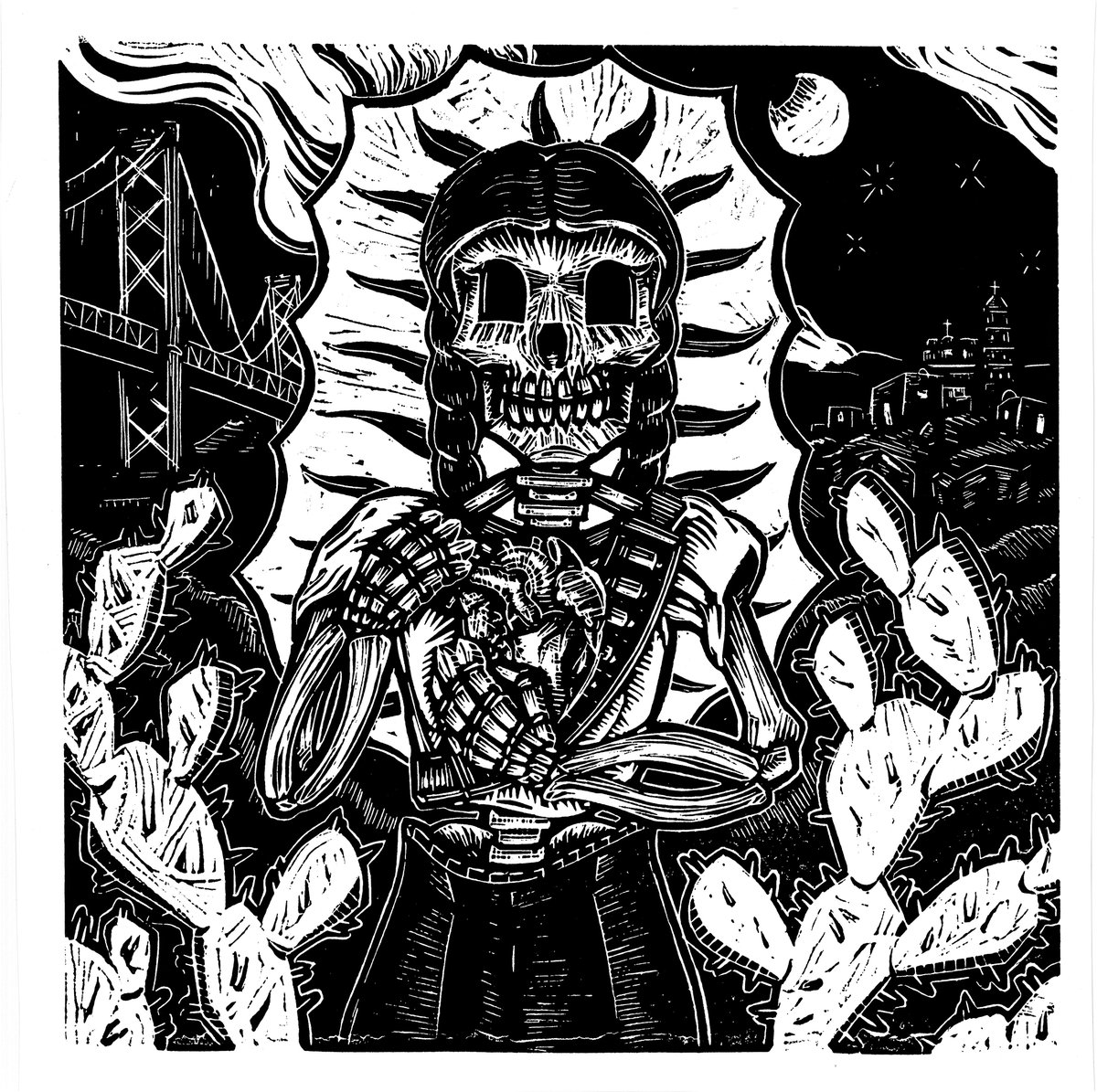by Joyce Chng and Kim
Miranda
Rosarium Publishing
Ho Yi
is the average pre teenager. Like many of his peers, he hopes to one
day to be as great a rider as his parents. The problem is Ho Yi uses
a crutch and is not as able as his classmates. He has difficulty
keeping up with his daily chores. He has few friends and even has a
bully who makes life for him much more difficult. Ho Yi's teachers
are harsh and unforgiving. He takes all of this in stride and
continues to work hard towards his goal. One day he is surprised by a
visit from his parents. He is also surprised when he learns he has
been accepted as a dragon rider trainee.
There
is so much to love about Sundragon's Song. Joye Chng definitely sets
a high bar. It's difficult to be objective about this review. As a
parent, I feel for Ho Yi on so many levels. I dig the fact that his
father is very loving while his mother is a disciplinarian. The
reader will note that his parents are worried that they might be
projecting their greatest fears onto Ho Yi. There is a moment where
Ho Yi even says he does not want to be a dragon rider anymore.
This
is where the artwork is crucial to the story. Kim Miranda's art
definitely pops. The artwork perfectly reflects the parents dismay at
Ho Yi's declaration. Ho Yi's mother's sterness is displayed enough
for the reader to catch without reading any of the words. While the
dragons are the not the usual size and length, the depiction makes it
realistic enough to see them as creatures that can be tamed and
ridden.
 |
| Our 12 year old in the background and our 10 year old in the fore front practicing Praying Mantis |
Of
course, no review cannot be complete without referring to our highly
critical twelve year old artist and our rambunctious and hard to
please ten year old. Our twelve year old was impressed by the artwork
and admitted that it was something he was not used to seeing. Our ten
year old thoroughly enjoyed the story. Our ten year old admitted that
sometimes he felt the same way Ho Yi did and would find himself
worrying about how disappointed we would be if he did not live up to
our standards. We all enjoyed having this discussion. It shed so much
light on how we really felt about one another. I considered using
this story in my class. While I find the topics on parenting to be
something very heavy to cover in a comic book, I think Chng did a
great job doing so in such a short amount of time.
Sundragon's
Song is age appropriate and I find that any reader will pull
something from it. It is also a great example of how the comic format
can tell a story that seeks to educate the reader. I agree with my
sons that the story is something different to the comic format.
Again, Rosarium Publishing has chosen another great story to add to
it's catalog.






